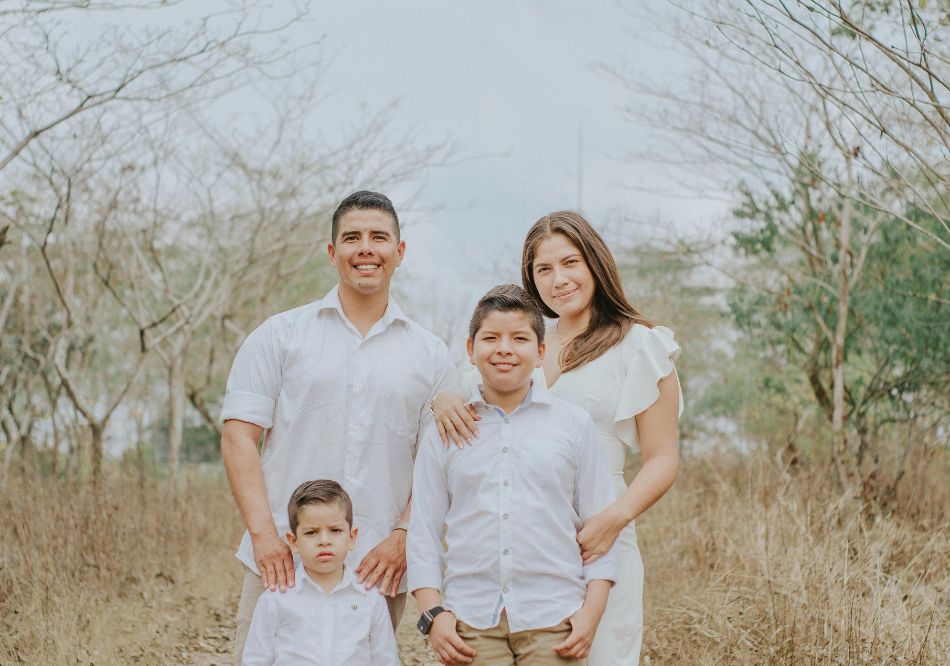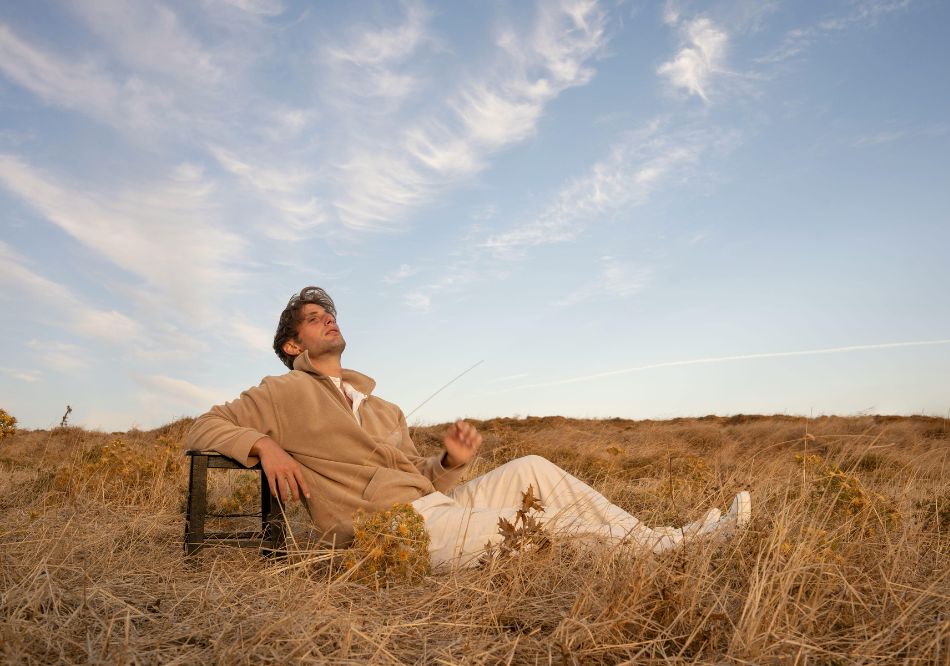Photography is not limited to a photographer and a camera. Other factors are important when it comes to high-quality photography. One of these key factors is lighting. No matter how much you spend on hiring a photographer and no matter how expensive their camera is, without proper lighting, the result is not going to be satisfactory. Also, depending on what you want, the choice between natural lighting and studio lighting is different. In this post, I’ll explain all you need to know about lighting, natural lighting, and studio lighting so you can make better choices for your next photo shoot.
Table of Contents
In simple terms, lighting in photography is how light interacts with a scene or subject. It matters because lighting affects the final image’s tone, mood, and visual impact. So, no matter if you hired a photographer with a high-end expensive camera or you’re using your smartphone, with bad lighting, you’ll end up with bad pictures. Therefore, keep reading if you want to know more about lighting in photography.
with bad lighting, you’ll end up with bad pictures.
Natural Light Photography vs. Studio Light Photography
Deciding which type of lighting suits you better depends on your specific needs of the photoshoot. Natural light offers authenticity and it’s cost-effective. On the other hand, studio lighting provides control and flexibility. If you’re looking for a soft, organic feel (especially during golden hours), natural light photography can be a better choice, but if you’re seeking consistent, controlled lighting regardless of time or weather, then studio light photography it is. There are other things about these two types of lighting that you should know before making decisions:
Natural lighting:
- Authenticity: The raw, organic feel that natural lighting allows you to create is something difficult to replicate with studio lighting (also referred to as artificial lighting).
- Cost-effectiveness: Since you don’t need to pay for special lighting equipment, photo shooting with natural lighting is a budget-friendly option.
- Soft shadows: During golden hours (sunrise or sunset), you can create soft, diffused shadows that can be flattering.
- Availability: It’s everywhere! But its intensity and quality vary depending of the time of day, weather, and season.
Studio lighting:
- Control: Using studio lighting or artificial lighting provides you with much control over your photoshoot. You have more control over the intensity, direction, and color temperature of the light.
- Consistency: There are so many external variables that can affect the result of your photo shoot, but using studio lighting, you can ensure that your lighting is consistent.
- Flexibility: You can be more creative! Studio lighting helps photographers to achieve specific moods and effects so they can set their creativity free.
- Versatility: Studio lighting can be used to create a wide range of looks, from dramatic and high contrast to soft and subtle.
By understanding and knowing these aspects, you can make a better and more informed decision when it comes to lighting for your photo shoots, and you can prepare better. But the main question remains:
Read more: Preparing for your photoshoot
Natural Light Photography vs. Studio Light Photography
There’s no one-size-fits-all answer. Sorry!
When it comes to portrait photography, the question of which one is better for portrait photography can only be answered like this:
It depends on the style, mood, and outcome you’re looking for.
If you want a soft, organic, and authentic vibe, natural light is your best friend. It’s cost-effective and gives portraits a warm, natural glow with gentle shadows that flatter facial features. On the other hand, if you’re looking for consistency and full creative control over your images, studio lighting is a better choice. It provides you with precision and flexibility, allowing you to set the light exactly how you want it. This is especially useful for high-resolution front portrait photography where control over every detail matters.
In short:
- Go with natural light for authenticity and a natural look.
- Choose studio lighting for consistency, creative flexibility, and professional-level control.
Each has its strengths, so the best option for portraits comes down to your specific goals and the conditions of your shoot. Contact us now for further guidance and consultations, and make sure your money is well spent.
FAQs
1. What’s the main difference between natural light and studio light in portrait photography?
Natural light depends on sunlight and its varying conditions, providing a soft, organic, often flattering glow. Studio light, by contrast, uses artificial sources like strobes or LEDs, giving the photographer full control over intensity, direction, and color: ideal for consistent results.
2. When should I choose natural light for portraits?
Opt for natural light when you want authenticity, budget-friendliness, and flattering images, especially during “golden hour.” It softly highlights facial features and evokes a warm mood. Ideal for outdoor or window-lit shoots.
3. What benefits does studio lighting offer for portrait shoots?
Studio lighting provides precision over brightness, color, and direction. It’s excellent for achieving consistent, versatile looks, from soft glamour to dramatic high-contrast styles. It’s especially suited for controlled environments like commercial, fashion, or high-resolution shoots.
4. Can photographers combine natural and studio light?
Absolutely! Many photographers blend sunlight with studio lights, reflectors, or modifiers (like scrims) to harness the charm of natural light while maintaining control. This hybrid method offers the best of both worlds.
5. How do I decide which lighting is best for my portrait session?
Your selection should align with:
- Mood & Style: Soft, warm, and organic → natural light; dramatic or polished → studio lighting.
- Control & Consistency: Stable results → studio; variable effects → natural.
- Budget & Setup: Natural light is cost-free; the studio needs investment in gear and space.
- Environment & Timing: Outdoor or window settings → natural; indoor, any time → studio.

